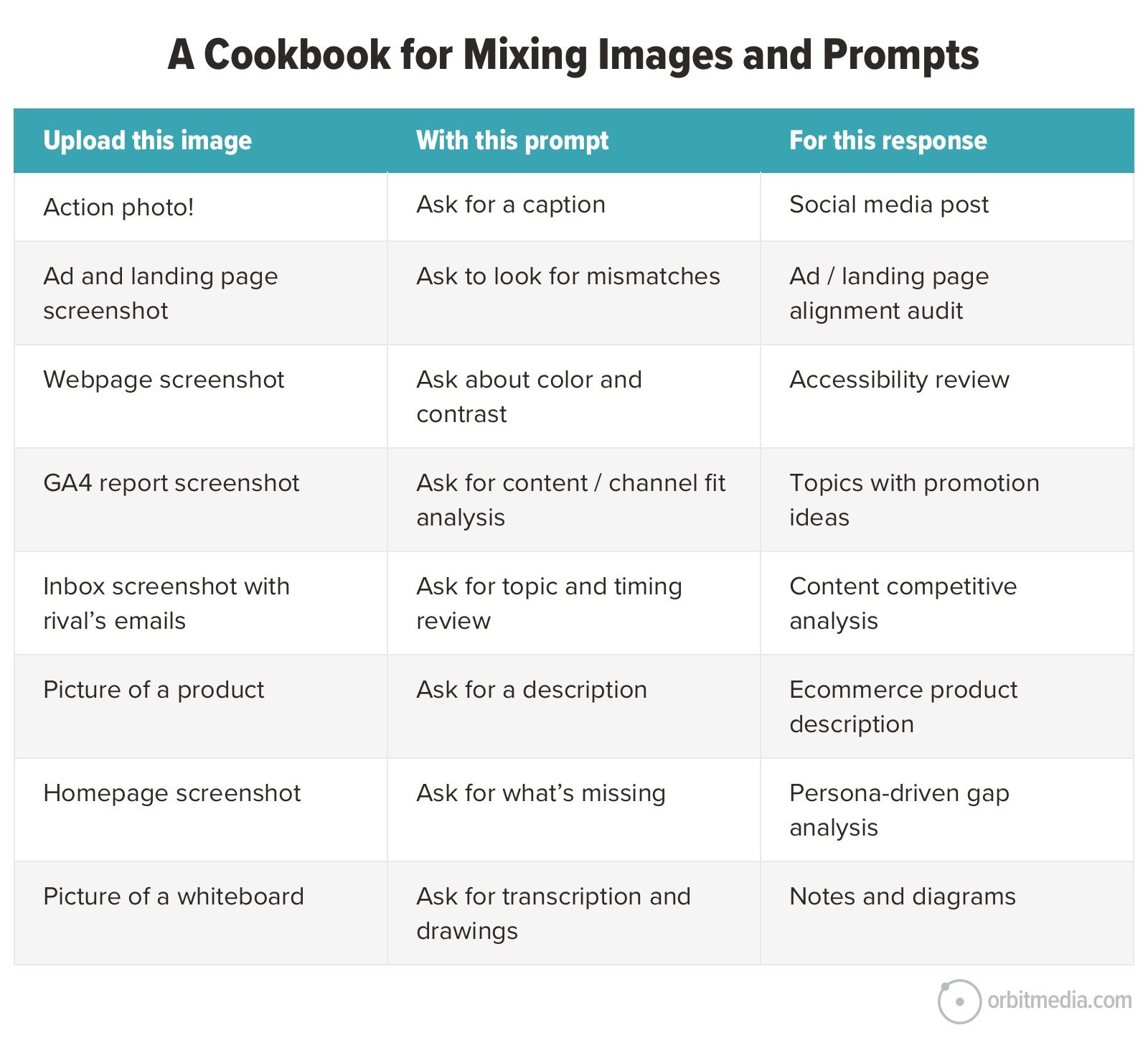This Boston art collective is looking to the Revolutionary War to fight back against Trump
The steeple of Boston’s Old North Church has a historic claim to fame. In 1775, Paul Revere arranged for lanterns to be displayed as a signal to colonists that communicated British troop movements, and the route of an impending invasion: one lantern if by land, two if by sea. Now, 250 years later, the church is once again a messenger for a dire moment in American history. April 18 marked 250 years since Revere’s ride the night before the Battles of Lexington and Concord outside Boston that set off the Revolutionary War. To mark the occasion, a Boston art collective called Silence Dogood (its name a tip of the hat to one of Benjamin Franklin’s pseudonyms) used the occasion to project far less veiled messages in vintage-style typefaces onto the Old North Church’s steeple. [Photo: Aram Boghosian/courtesy Silence Dogood] “The Revolution Started Here and It Never Left,” “Let the Warning Ride Forth Once More: Tyranny Is at Our Door,” and “One if by Land, Two if by D.C.” were digs at President Donald Trump and statements of identity about Boston as the birthplace of the American Revolution. [Photo: Mike Ritter/courtesy Silence Dogood] “Two-hundred fifty years later, tyranny has returned,” the group said in a statement. “Let Boston once more be the beacon in the country’s hour of darkness and relight the rallying signal to protect our liberty.” Silence Dogood started last month with a projection at the Old State House responding to border czar Tom Homan’s comments about “bringing hell” to the city. The visual protests have grown “in a very organic way” since, an organizer tells Fast Company. The group is finding ways to both react to events as they unfold in real time and mark the anniversary of the Revolutionary War with messages about the Trump administration’s abuses of power. Projections were a staple of protest against Trump in his first term; activists and artists projected critical messages onto Trump’s hotels in cities like Washington, D.C., and Chicago. Silence Dogood has taken that concept and adopted it for Boston, and for the nation’s semiquincentennial, with thoughtful font and location choices. That the White House touted Trump a king only bolsters the group’s message. [Photo: Aram Boghosian/courtesy Silence Dogood] The projections were written in a handful of fonts, including some the group has customized. One was chosen as an homage to colonial-era pamphlets like Thomas Paine’s 1776 “Common Sense,” which gives their projections a sense of historic context, paired with a more blocky font used in all-caps. As a medium, projection allows the collective to make large statements directly on the places where history happened, and messages can be quickly designed and executed. Since launching, they’ve projected onto the facades of other historic buildings, including Faneuil Hall and Old South Meeting House. The group uses a Reon solar-powered mobile electric generator, 1,600-lumen Epson projectors, and a computer using the projection mapping software MadMapper. By bringing their projections to historic sites and using fonts and anniversaries to tie history to the modern day, Silence Dogood has tapped into a potent medium that brings timely messages to timeless locations with only the power of type and light.

The steeple of Boston’s Old North Church has a historic claim to fame. In 1775, Paul Revere arranged for lanterns to be displayed as a signal to colonists that communicated British troop movements, and the route of an impending invasion: one lantern if by land, two if by sea. Now, 250 years later, the church is once again a messenger for a dire moment in American history.
April 18 marked 250 years since Revere’s ride the night before the Battles of Lexington and Concord outside Boston that set off the Revolutionary War. To mark the occasion, a Boston art collective called Silence Dogood (its name a tip of the hat to one of Benjamin Franklin’s pseudonyms) used the occasion to project far less veiled messages in vintage-style typefaces onto the Old North Church’s steeple.

“The Revolution Started Here and It Never Left,” “Let the Warning Ride Forth Once More: Tyranny Is at Our Door,” and “One if by Land, Two if by D.C.” were digs at President Donald Trump and statements of identity about Boston as the birthplace of the American Revolution.
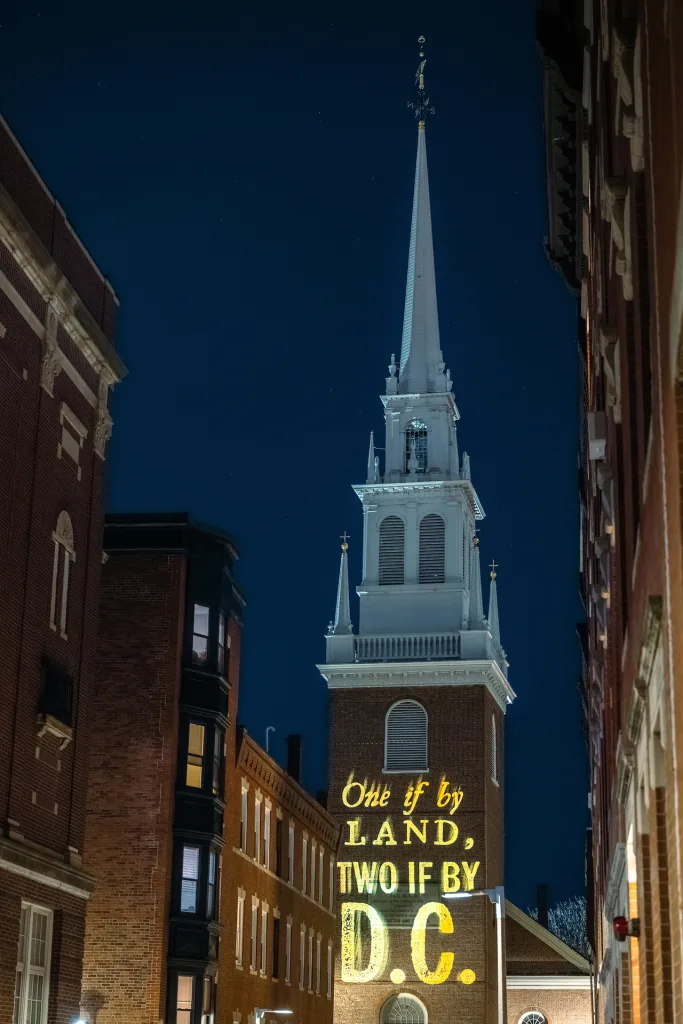
“Two-hundred fifty years later, tyranny has returned,” the group said in a statement. “Let Boston once more be the beacon in the country’s hour of darkness and relight the rallying signal to protect our liberty.”
Silence Dogood started last month with a projection at the Old State House responding to border czar Tom Homan’s comments about “bringing hell” to the city. The visual protests have grown “in a very organic way” since, an organizer tells Fast Company. The group is finding ways to both react to events as they unfold in real time and mark the anniversary of the Revolutionary War with messages about the Trump administration’s abuses of power.
Projections were a staple of protest against Trump in his first term; activists and artists projected critical messages onto Trump’s hotels in cities like Washington, D.C., and Chicago. Silence Dogood has taken that concept and adopted it for Boston, and for the nation’s semiquincentennial, with thoughtful font and location choices. That the White House touted Trump a king only bolsters the group’s message.

The projections were written in a handful of fonts, including some the group has customized. One was chosen as an homage to colonial-era pamphlets like Thomas Paine’s 1776 “Common Sense,” which gives their projections a sense of historic context, paired with a more blocky font used in all-caps.
As a medium, projection allows the collective to make large statements directly on the places where history happened, and messages can be quickly designed and executed. Since launching, they’ve projected onto the facades of other historic buildings, including Faneuil Hall and Old South Meeting House. The group uses a Reon solar-powered mobile electric generator, 1,600-lumen Epson projectors, and a computer using the projection mapping software MadMapper.
By bringing their projections to historic sites and using fonts and anniversaries to tie history to the modern day, Silence Dogood has tapped into a potent medium that brings timely messages to timeless locations with only the power of type and light.






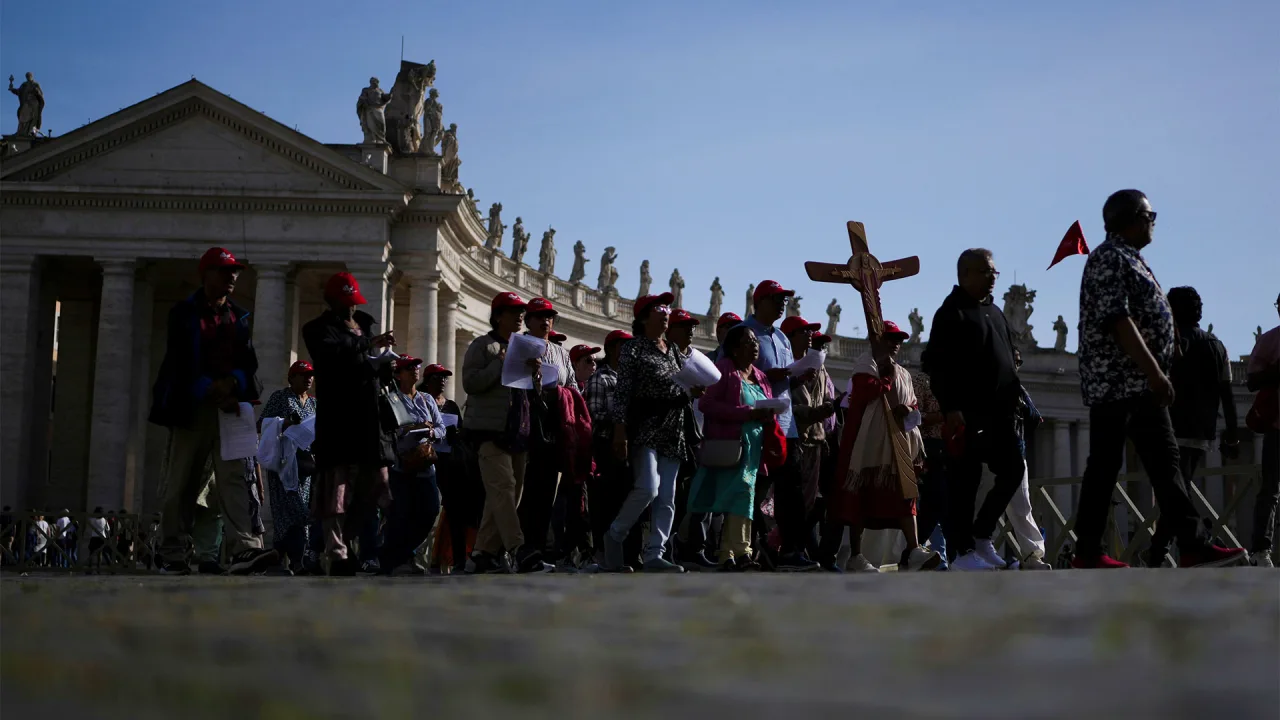





















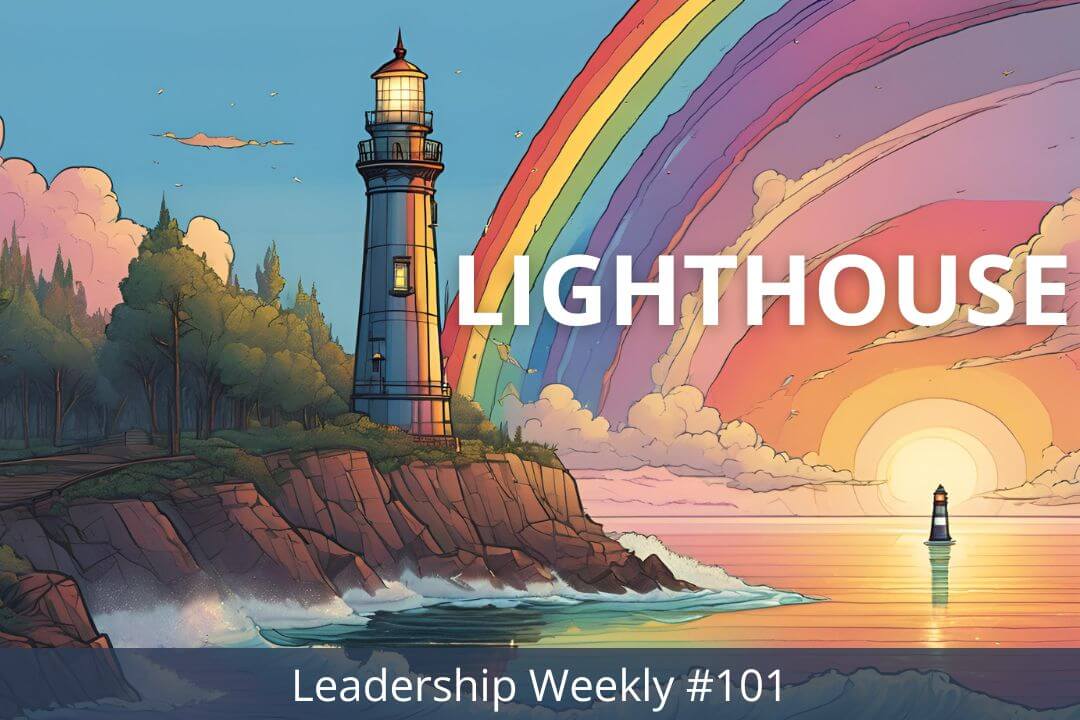
































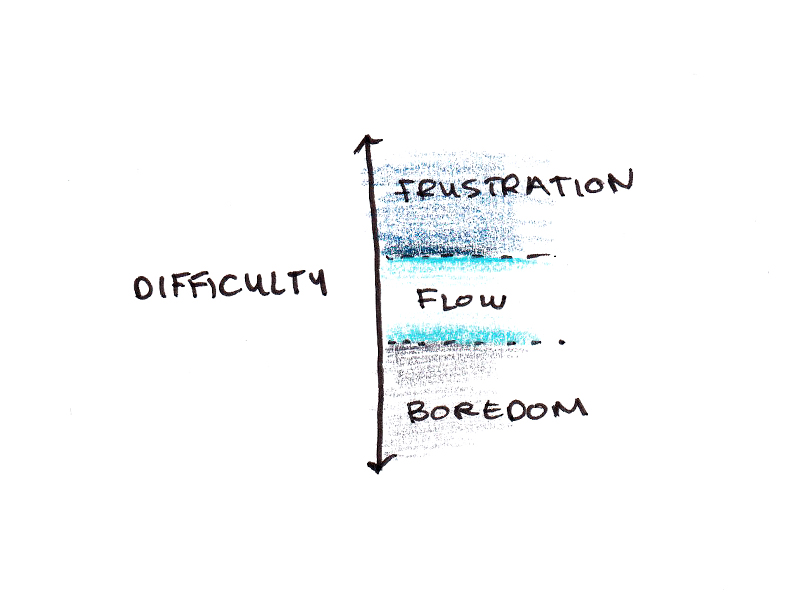




















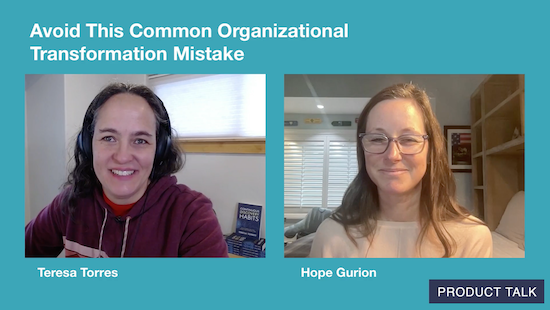
















![Building A Digital PR Strategy: 10 Essential Steps for Beginners [With Examples]](https://buzzsumo.com/wp-content/uploads/2023/09/Building-A-Digital-PR-Strategy-10-Essential-Steps-for-Beginners-With-Examples-bblog-masthead.jpg)





![How One Brand Solved the Marketing Attribution Puzzle [Video]](https://contentmarketinginstitute.com/wp-content/uploads/2025/03/marketing-attribution-model-600x338.png?#)


